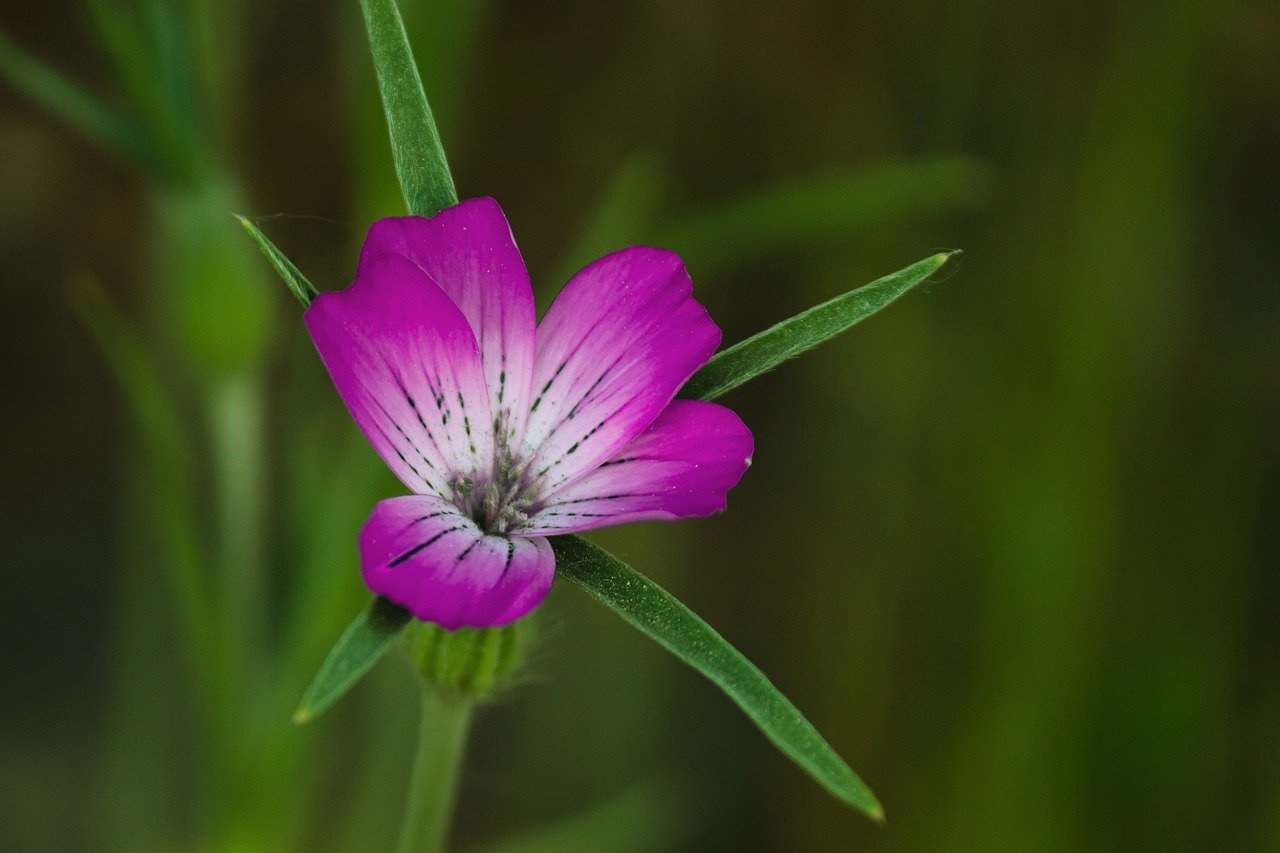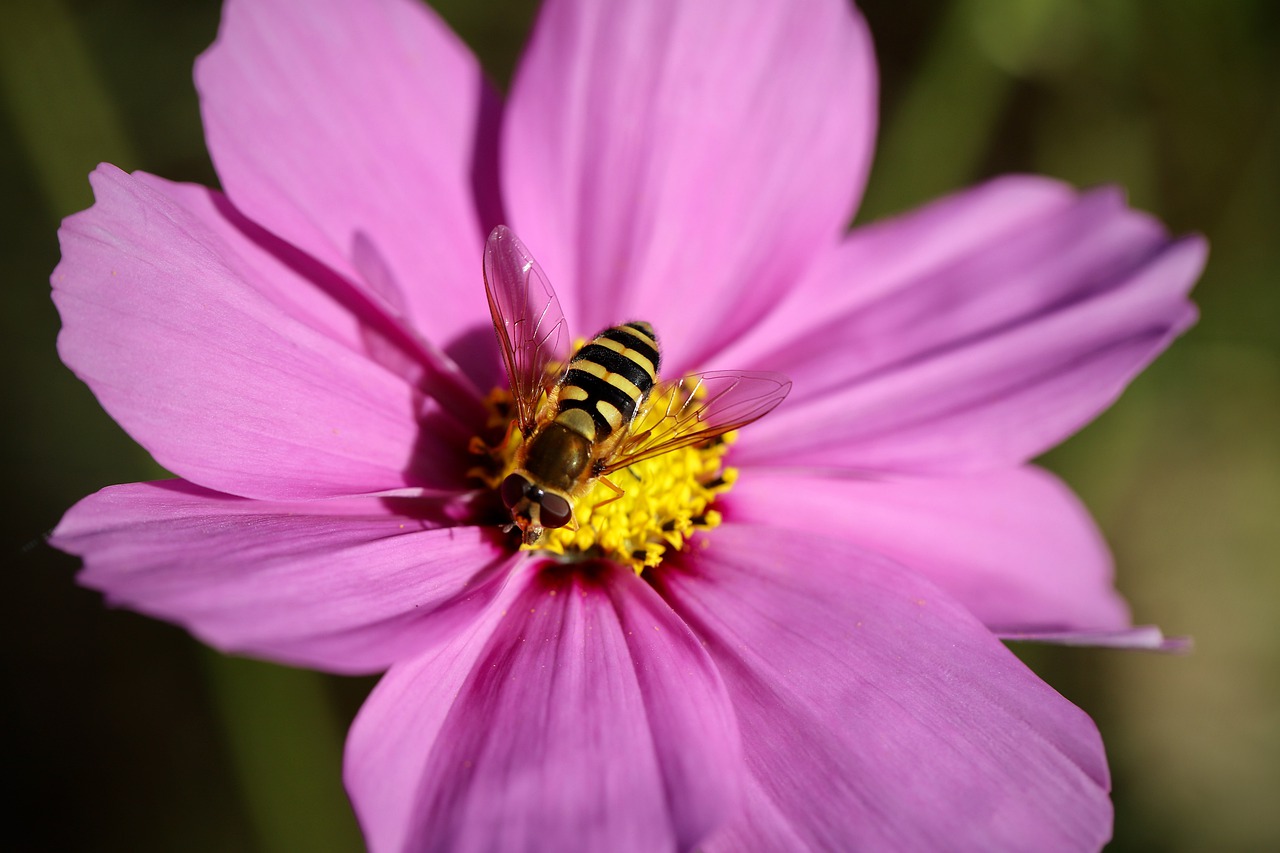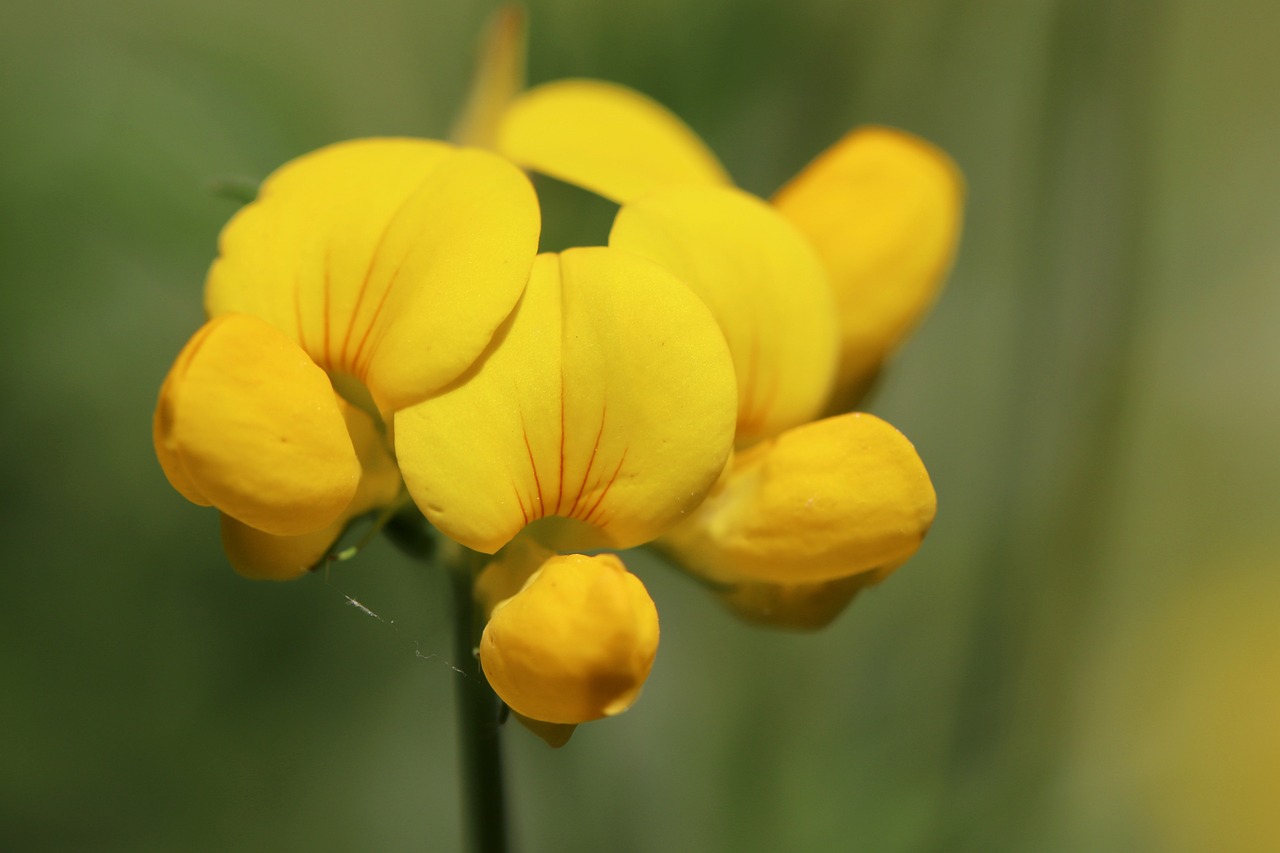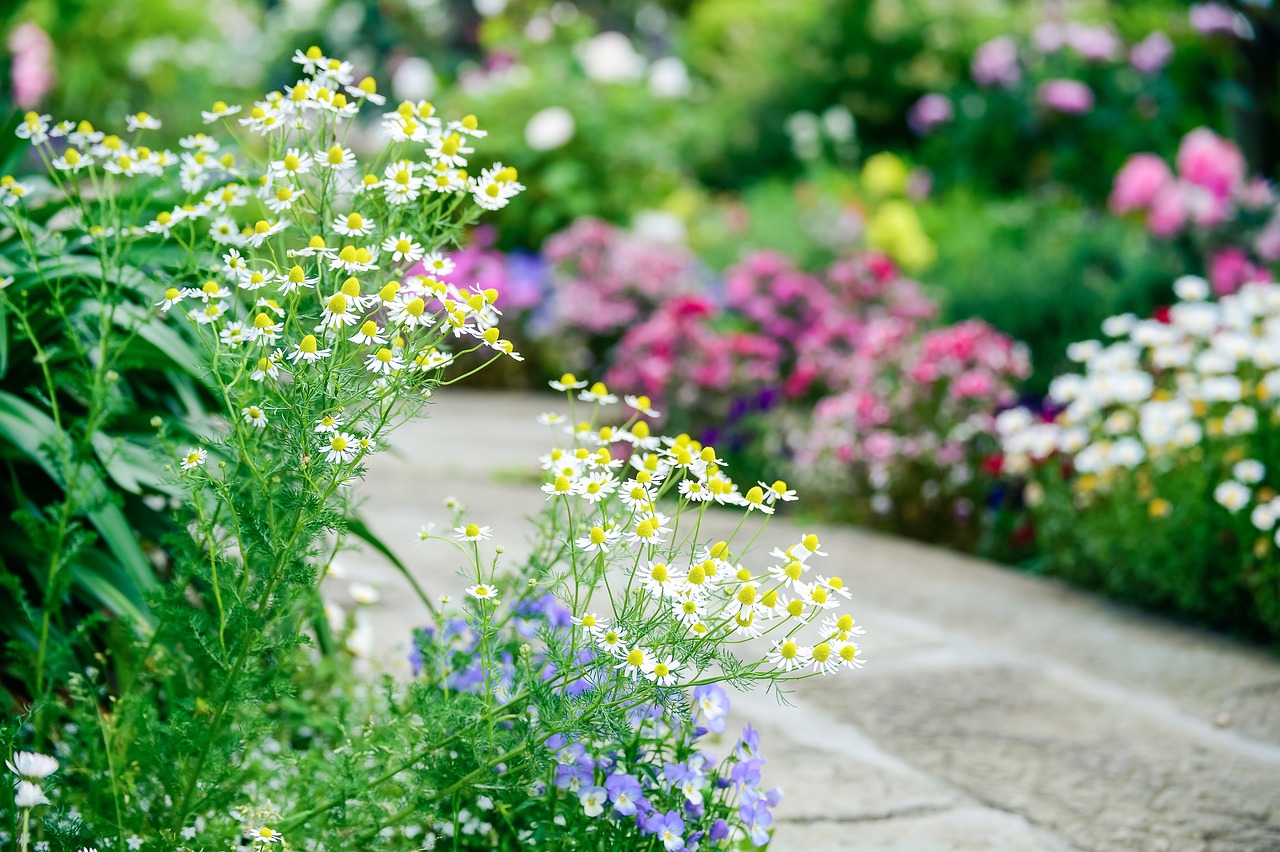Common corn-cockle
lifepollinaction2024-12-10T10:32:34+01:00Common corn-cockle Field Crown The corncockle (Agrostemma githago) is an herbaceous plant that grows to a height of 30-50 cm and belongs to the carnation family (Caryophyllaceae). The pink-violet color of its flowers was once a common sight in fields, but today, the corncockle is a rare plant. It was introduced to the European continent in prehistoric times with the cultivation of cereals. However, the toxic seeds of this plant can contaminate flour if the plant is harvested together with cereals. For this reason, it was considered a weed to be eradicated. Corncockles attract butterflies , drawn to the shape [...]





